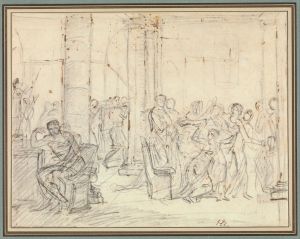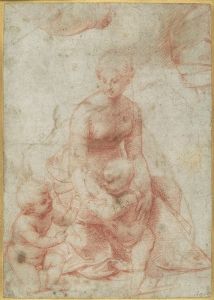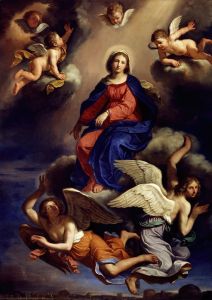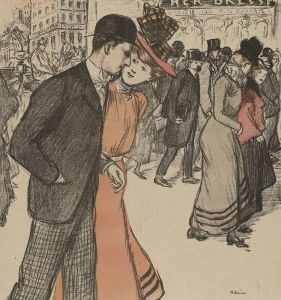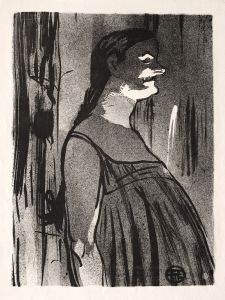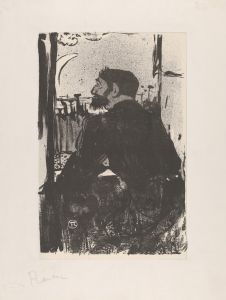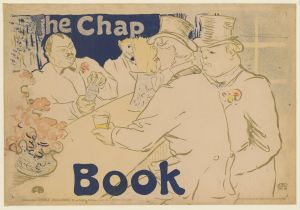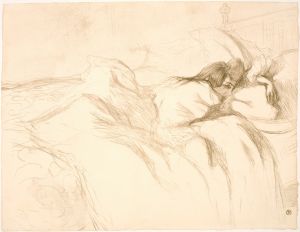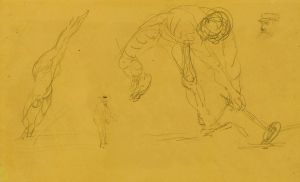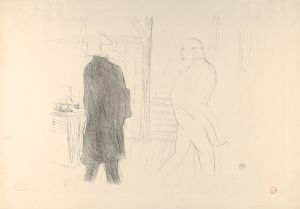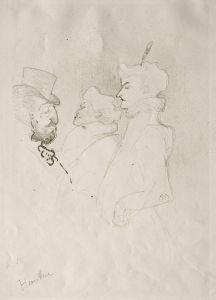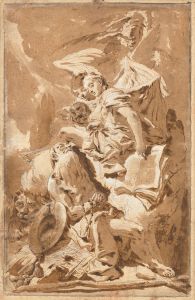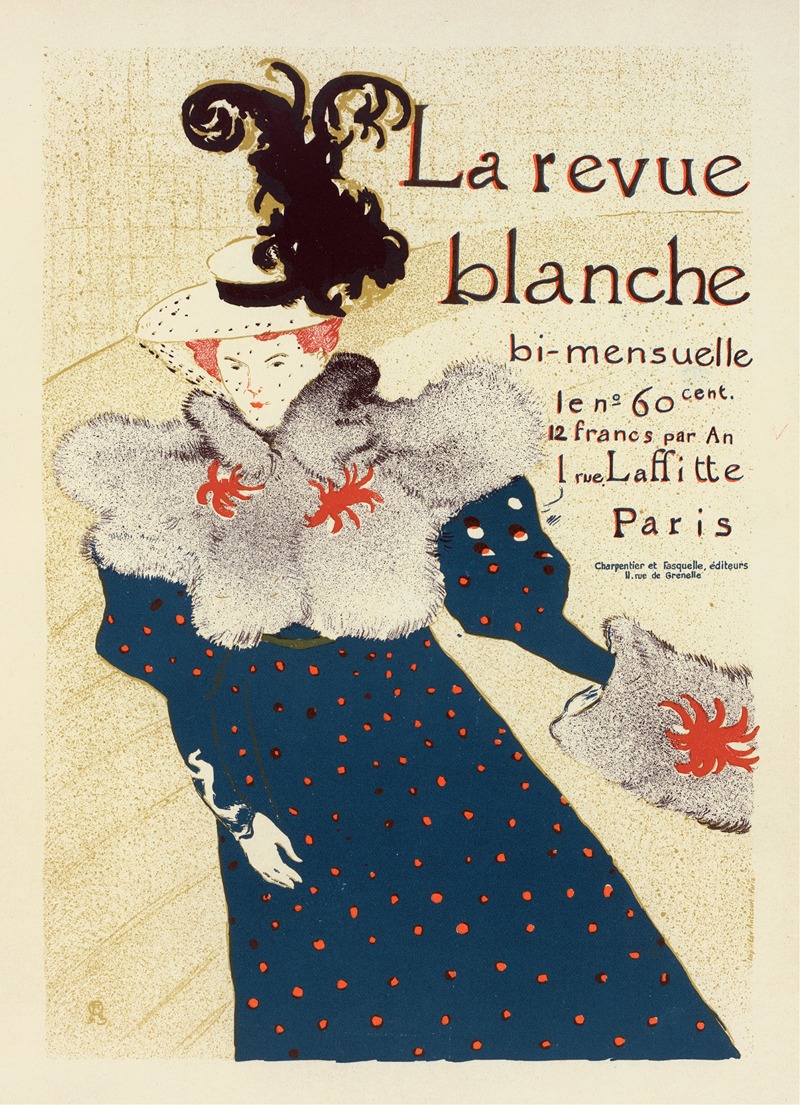
Revue Blanche
A hand-painted replica of Henri de Toulouse-Lautrec’s masterpiece Revue Blanche, meticulously crafted by professional artists to capture the true essence of the original. Each piece is created with museum-quality canvas and rare mineral pigments, carefully painted by experienced artists with delicate brushstrokes and rich, layered colors to perfectly recreate the texture of the original artwork. Unlike machine-printed reproductions, this hand-painted version brings the painting to life, infused with the artist’s emotions and skill in every stroke. Whether for personal collection or home decoration, it instantly elevates the artistic atmosphere of any space.
Henri de Toulouse-Lautrec, a prominent French painter, printmaker, and illustrator, is well-known for his depictions of Parisian nightlife in the late 19th century. One of his notable works is "Revue Blanche," a lithograph poster created in 1895. This artwork was commissioned by the avant-garde literary and artistic magazine La Revue Blanche, which was published in Paris from 1889 to 1903. The magazine was influential in the promotion of Symbolism and other modernist movements, and it served as a platform for many writers and artists of the time.
The "Revue Blanche" poster is a quintessential example of Toulouse-Lautrec's style, characterized by its bold lines, flat areas of color, and keen observation of contemporary life. The poster features Misia Natanson, a Polish pianist and a muse for many artists of the era, who was married to Thadée Natanson, one of the founders of La Revue Blanche. Misia is depicted elegantly, wearing a fashionable winter coat with a fur collar, and she is shown ice skating, a popular pastime among the Parisian elite. The image captures both the grace and the modernity of the subject, reflecting the magazine's cutting-edge cultural position.
Toulouse-Lautrec's work on this poster demonstrates his mastery of lithography, a printmaking technique that he frequently employed to create posters and illustrations. The use of lithography allowed for the production of vibrant colors and sharp contrasts, which were essential for the visual impact of advertising posters at the time. The "Revue Blanche" poster is notable for its dynamic composition and the way it captures the movement and elegance of the figure, which was a departure from the more static and formal portraits of the period.
The poster not only served as an advertisement for the magazine but also as a piece of art in its own right, showcasing Toulouse-Lautrec's ability to blend commercial and artistic interests. His work was part of a broader trend in the late 19th century where artists began to engage with commercial art forms, such as posters, which were becoming increasingly important in urban environments.
Toulouse-Lautrec's contribution to the art of the poster was significant, as he elevated the medium to a form of high art. His posters were not merely functional advertisements but were also celebrated for their artistic merit. The "Revue Blanche" poster is a testament to his innovative approach and his ability to capture the spirit of the Belle Époque, a period marked by cultural flourishing and artistic experimentation.
Today, "Revue Blanche" is considered an important work in Toulouse-Lautrec's oeuvre and is appreciated for its artistic qualities and historical significance. It is part of several museum collections and continues to be studied and admired by art historians and enthusiasts alike. The poster exemplifies the intersection of art and commerce in the late 19th century and highlights Toulouse-Lautrec's role in shaping modern graphic design.





